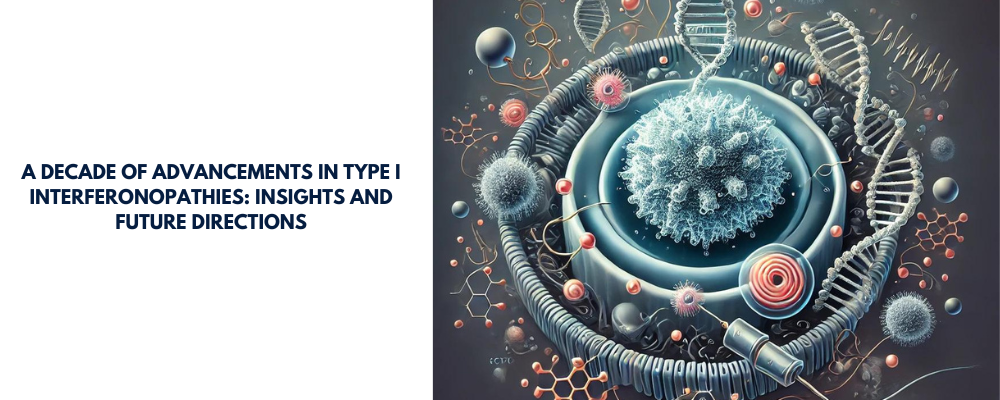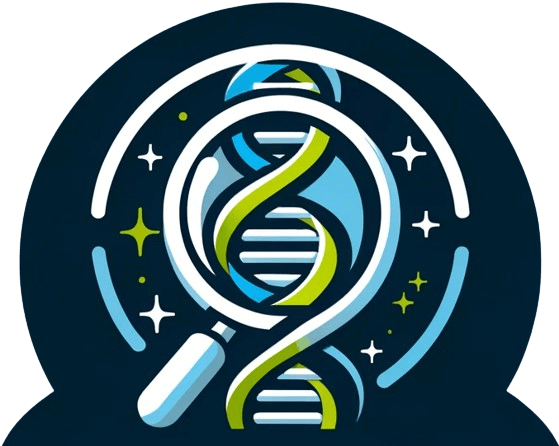A Decade of Advancements in Type I Interferonopathies: Insights and Future Directions

In the past decade, the field of type I interferonopathies, a unique class of autoinflammatory disorders, has expanded remarkably. Defined by the upregulation of type I interferon signaling due to improper discrimination between self and non-self nucleic acids, these disorders offer critical insights into innate immunity and the molecular triggers that underlie various autoimmune and neurodegenerative diseases.
The Origins of Type I Interferonopathies
The idea that interferons could contribute to human pathology traces back to the early 1980s. Ion Gresser's experiments suggested interferon might provoke or worsen disease, which led to groundbreaking discoveries a few years later. In particular, Pierre Lebon and colleagues identified heightened interferon-α (IFN-α) activity in patients with a genetic disorder now recognized as Aicardi–Goutières syndrome (AGS). This syndrome is a Mendelian disease characterized by excessive interferon signaling, laying the foundation for the concept of type I interferonopathies.
What Are Type I Interferonopathies?
Type I interferonopathies are a group of rare, monogenic diseases that manifest when the body’s antiviral defenses mistakenly identify endogenous nucleic acids as foreign invaders. This results in chronic interferon signaling, which can cause various forms of autoinflammatory and autoimmune diseases, including systemic lupus erythematosus (SLE) and AGS. Over the past decade, advancements in next-generation sequencing have increased the number of identified genotypes linked to these disorders from seven to nearly 40.
Mechanisms Driving Interferonopathies
The crux of type I interferonopathies lies in the immune system’s failure to distinguish between self-derived and pathogen-derived nucleic acids. This failure triggers pathways that are typically reserved for combating viral infections. Recent studies have shown that both DNA and RNA sensing pathways can induce similar disease outcomes. For instance, AGS can be caused by mutations affecting DNA-mediated signaling (e.g., mutations in TREX1 or SAMHD1) or RNA-mediated signaling (e.g., mutations in ADAR1 or MDA5).
The intracellular sensor cyclic GMP-AMP synthase (cGAS) and its downstream effector, STING, play pivotal roles in these processes. When these proteins detect misplaced DNA in the cytoplasm, they initiate a cascade leading to interferon production. However, recent research has revealed that cGAS is also present in the nucleus, raising questions about how it avoids reacting to the host’s own DNA.
Diagnostic Advances
Testing for type I interferonopathies has progressed significantly. Initially, diagnosis relied on detecting elevated interferon-α in patients' serum or cerebrospinal fluid. However, newer methods, like interferon-stimulated gene (ISG) signatures and digital enzyme-linked immunosorbent assays (ELISA), provide more precise insights into disease mechanisms and genetic variations. These advancements have facilitated the identification of new genotypes, even in patients with unexpected clinical presentations.
Clinical Phenotypes and Non-Penetrance
One of the most fascinating aspects of type I interferonopathies is their phenotypic diversity. The same mutation can cause radically different symptoms, even within the same family. For example, variations in MDA5 can lead to AGS, Singleton–Merten syndrome, or even show no clinical signs at all. Additionally, some individuals with disease-causing mutations remain asymptomatic, raising questions about genetic penetrance and environmental triggers that may influence disease onset.
Therapeutic Approaches
Given the central role of interferon signaling in these disorders, treatments focus on suppressing this pathway. Early attempts involved broad-spectrum immunosuppressants, but recent therapeutic strategies have become more targeted. For example, Janus kinase (JAK) inhibitors, which block downstream signaling of interferon receptors, have shown promise in treating various interferonopathies. Additionally, reverse transcriptase inhibitors are being explored as a treatment for AGS, as they may reduce the immunostimulatory DNA derived from endogenous retroelements.
Excitingly, the future holds potential for more precise interventions, such as cGAS and STING inhibitors, which could offer relief for patients with specific genetic mutations. However, challenges remain, particularly regarding drug delivery to the central nervous system, which is often affected in conditions like AGS.
Broader Implications and Future Research
The study of type I interferonopathies offers broader implications for understanding more common diseases, such as SLE and dermatomyositis. Additionally, it raises intriguing questions about the evolutionary role of interferon signaling and its genetic variants. Some mutations linked to interferonopathies, such as those in ADAR1, are surprisingly common in the general population, suggesting these variants might confer some selective advantage, possibly in fighting infections.
In conclusion, the last ten years have seen incredible progress in understanding type I interferonopathies, their genetic drivers, and potential treatments. As research continues, the field is likely to uncover more about the interplay between genetic mutations, environmental factors, and interferon signaling, paving the way for novel therapeutic approaches and precision medicine.
Reference:
Crow, Y.J., Stetson, D.B. The type I interferonopathies: 10 years on. Nat Rev Immunol 22, 471–483 (2022).
